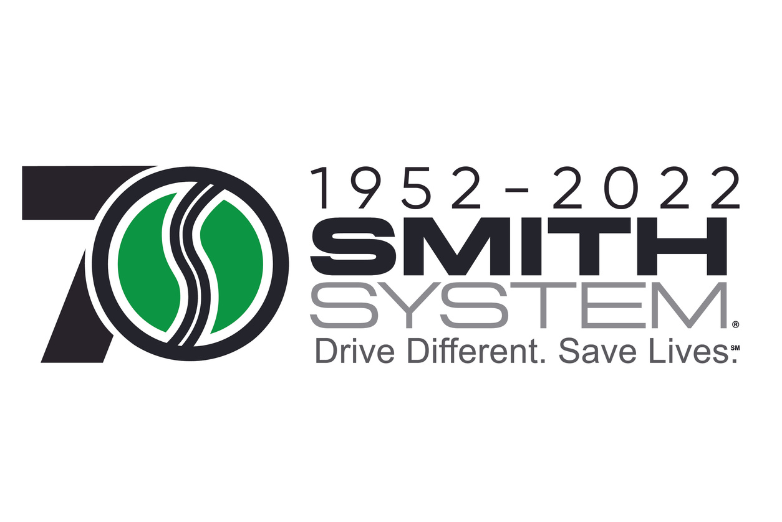
Recent news reports have made public a concern that the transportation industry has been closely watching for years: America is facing a shortage of truck drivers.
During a conference in February, the chief economist of the American Trucking Associations (ATA) emphasized that the biggest obstacle facing the trucking industry is a lack of drivers.
Bob Costello told conference attendees that the shortage of some 51,000 drivers will affect the way carriers are able to do business. Already, the shortage has pushed prices on some goods higher and, Costello said, if the shortage continues at its current pace, the industry will be short about 170,000 drivers by 2026.
What’s Causing the Truck Driver Shortage?
Several factors contribute to the shortage of truck drivers, and none of them have easy fixes. Among the top reasons the industry is facing a shortage are:
- Retirement. Not only are many drivers reaching the age of retirement, they’re also reaching a point in their lives when their health might prevent them from driving. Since truckers have to pass Department of Transportation health regulations, they may find themselves sidelined by conditions like diabetes and heart conditions — conditions common in this industry.
- Lifestyle. Many drivers are dissuaded by the long hours and the time spent away from family. Today’s long-haul trucking companies are competing with companies like Amazon and UPS, which have increased demand for local drivers. The appeal of being home at night is strong for many drivers, especially those with families. As society becomes increasingly aware of the work/life balance, trucking attracts fewer drivers.
- Minimum age requirement. Currently, truck drivers must be at least 21 years old to get behind the wheel, which eliminates a large number of would-be drivers between the ages of 18 and 20. Many in the industry believe that lowering the age requirement could help increase the number of drivers entering the trucking profession, since they could go directly from high school to a trucking school, then on to a career.
- Pay. Although there is the potential for truckers to make good money — some can make six figures — the average income, according to the Bureau of Labor Statistics, is $42,480 per year.
All of these factors are affecting employers’ ability to attract qualified drivers, so the industry turnover rate remains high. According to the ATA’s Trucking Activity Report, turnover at large carriers went up six points in the first quarter of 2018, setting the turnover rate at 94%. That’s 20 points higher than the first quarter of 2017.
The news was less grim for smaller truckload carriers, which saw a 73% turnover rate. Although better by comparison to larger companies, that’s still seven points above last year’s numbers.
“Finding enough qualified drivers remains a tremendous challenge for the trucking industry and one that, if not solved, will threaten the entire supply chain,” Costello said in response to the report.
Taking an Individual Approach to the Driver Shortage
Solving the growing shortage relies upon filling the demand for drivers, but to do that, companies have to find a way to attract and retain qualified individuals. Developing a reputation as a company that genuinely cares about its employees is one of the best ways to stand out from competitors.
Some of the most effective ways to do that include providing on-the-job training along with good pay, benefits and incentives that will keep drivers engaged and feeling as if they’re part of a positive company culture.
Providing these incentives for drivers shows a commitment to the employee and a concern for their well-being. In return, drivers are more likely to want to do their best for the company and will feel a greater sense of importance and belonging.
The Value of Safety Training
At Smith System, we’ve seen the value of investing in advanced driver safety training. Not only does it improve the company’s bottom line and safety record, but it makes for more relaxed drivers behind the wheel.
When drivers learn to see situations differently, it changes how they react to those situations. It allows them to make better decisions and remain more calm and relaxed behind the wheel. Instead of fighting with traffic, they learn how to use the common driving behaviors of those around them to their advantage.
Being able to better assess the situation on the road gives drivers a renewed sense of control and confidence behind the wheel. Instead of being in a situation where they have to react to the events unfolding around them, they have more choice (and greater knowledge) about how best to maneuver around these events. Ultimately, that leads to less stress on the road, and a less-stressed driver is more likely to be both safe and satisfied.
Using Rewards for Driver Retention
Everyone likes to be appreciated for their efforts. Acknowledging drivers who have outstanding safety records and who practice good driving skills goes a long way toward letting drivers know that their actions are noticed and appreciated.
A program to recognize milestones, such as “one million miles crash-free,” gives your drivers a goal to work toward. Achieving that goal gives your employees and the company a greater sense of pride.
Too often, companies can mistakenly believe that driver training should be reserved for “bad” drivers or those who have had a crash. In reality, the opposite is true. Only providing training for those who have had collisions turns it into a form of punishment rather than letting it be what it truly is: an opportunity to turn a good driver into an excellent one.
Each day, professional drivers have to share the road with people who are making poor driving decisions. By providing them with the tools to make their job as safe and stress-free as possible, companies can send a message that they care about the well-being of their workforce.
While training alone won’t solve the driver shortage, it’s a powerful tool that companies can use to create a better work environment and keep drivers happier, safer and more engaged.










